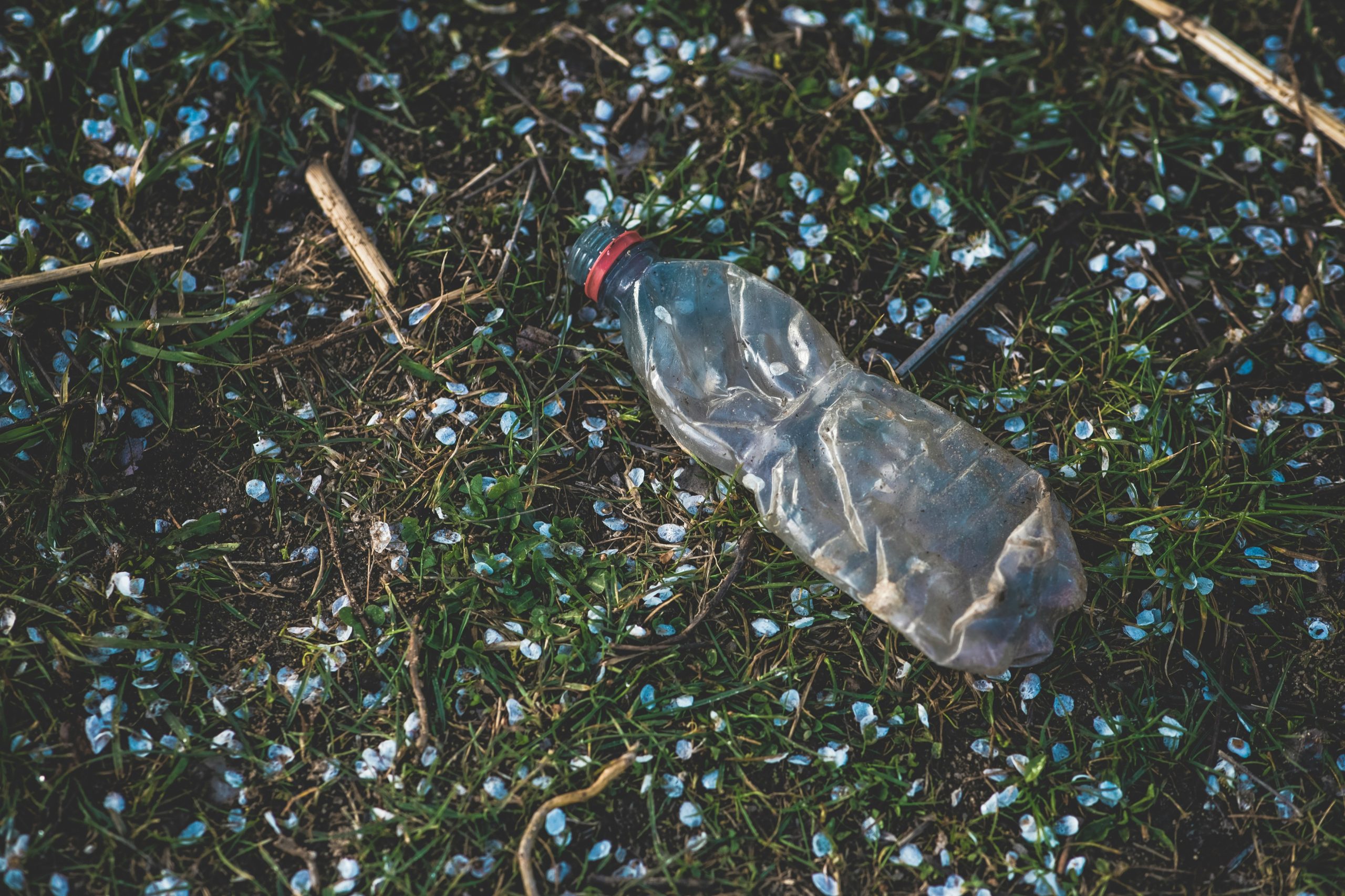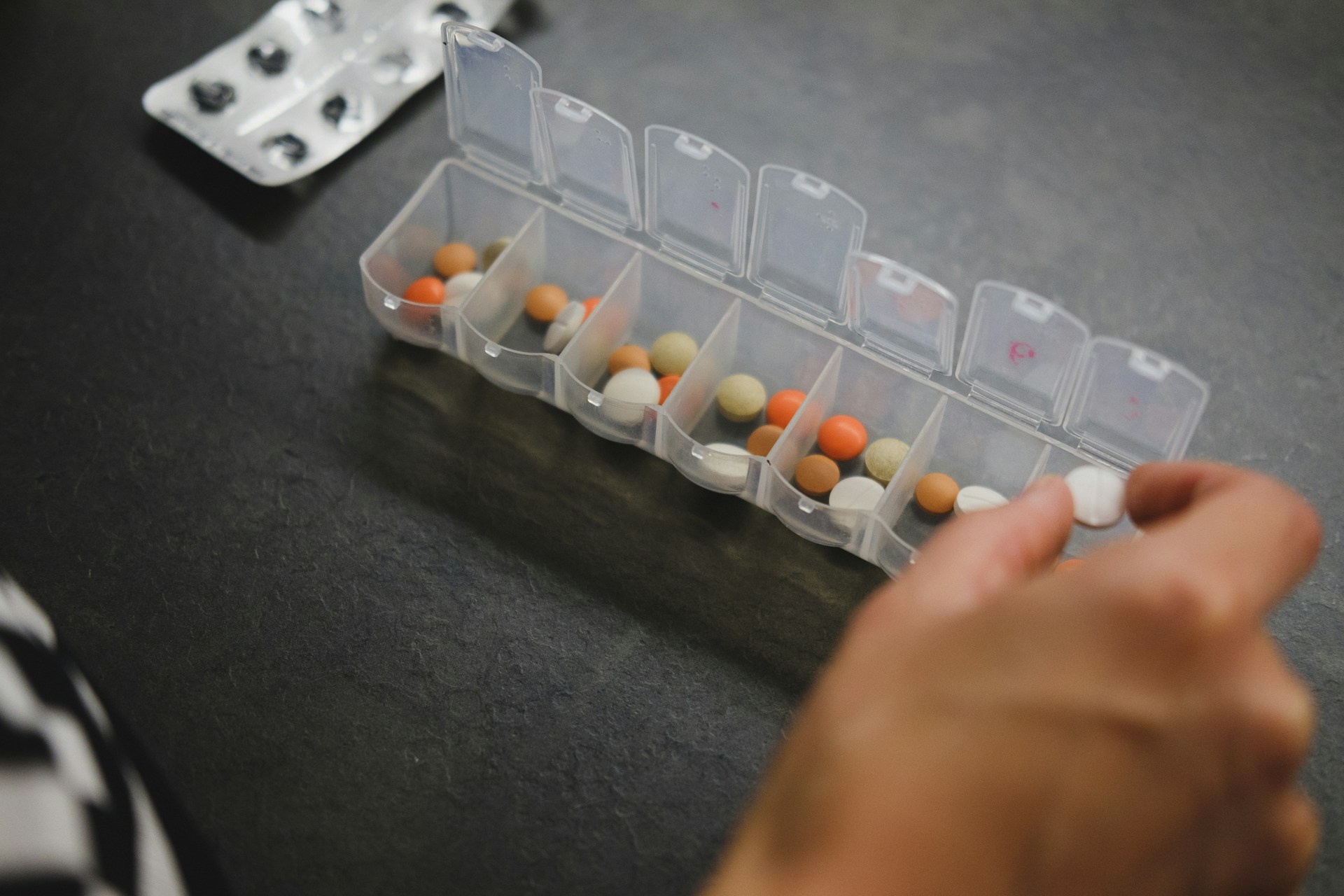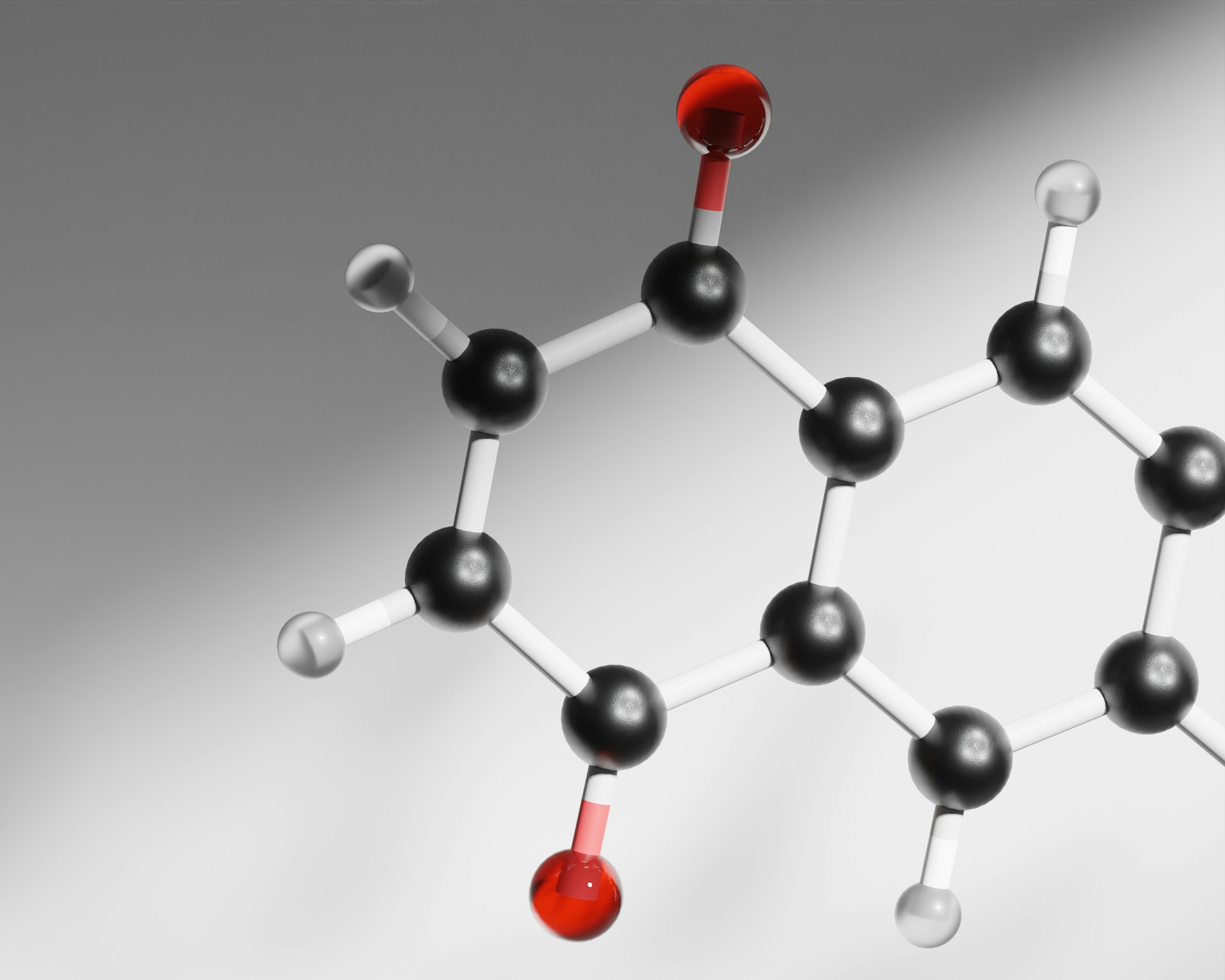Could vaporising be the new recycling? Photo credit: Markus Spiske via Unsplash
Plastic pollution is an environmental issue of ever-increasing significance, with 12,000 megatons of plastic waste expected to enter landfills and the natural environment by 2050, affecting marine ecosystems, soil quality, and human health. A key component of this is microplastics—microscopic pieces of plastic debris, in particular, polyethylene (PE) and polypropylene (PP) are among the longest-lived plastics in the environment and account for two-thirds of post-consumer plastic waste. These plastics, found in products such as shopping bags and food containers, are notoriously difficult to recycle because of their unreactive carbon-carbon (C-C) and carbon-hydrogen (C-H) bonds. As a result, PE and PP have resisted recycling methods, unlike plastics such as polyethylene terephthalate (PET), which is commonly recycled and used in textiles. Fortunately, researchers at the University of California, Berkeley have developed a novel catalytic process to transform PE and PP into new, recycled plastics, with greater than 90% yield.
These plastics, found in products such as shopping bags and food containers, are notoriously difficult to recycle…
Primarily, the recycling of PE and PP involves mechanical recycling, where plastics are melted and reformed to produce new, lower-quality plastics. These recycled materials are less durable than new plastics, so further recycling is limited to two or three times. This is an inadequate solution, with a significant portion of PE and PP still being left in landfills, contributing to environmental pollution and producing harmful microplastics. Consequently, the focus has shifted to chemical recycling, in which the chemical structure of plastics is altered to result in usable starting materials. Unfortunately, chemical methods have suffered from low selectivity, meaning they produce unwanted by-products as well as relying on single-use catalysts, substances that increase the rate of a chemical reaction; and resulting in the production of greenhouse gases, such as methane and carbon dioxide, that further contribute to climate change.
Consequently, the focus has shifted to chemical recycling, in which the chemical structure of plastics is altered to result in usable starting materials.
The breakthrough by UC Berkeley’s researchers provides an exciting alternative to these established recycling methods, with the introduction of a catalytic process that “vaporises” PE and PP, converting these plastics into their hydrocarbon building blocks. This process involves breaking their C-C bonds and resulting in monomers of propylene and isobutylene—gases that can be re-polymerised to create new plastics—by the use of a dual-catalyst system. Importantly, the catalysts are inexpensive, reusable, and earth-abundant: sodium on alumina and tungsten oxide on silica.
…a catalytic process that “vaporises” PE and PP, converting these plastics into their hydrocarbon building blocks.
The first step involves the sodium catalyst initiating the process by breaking the polymer, resulting in a reactive carbon-carbon double (C=C) bond. Then, the tungsten oxide catalyst terminates the process by producing propylene or isobutylene from the reactive C=C bond and ethylene gas, which is streamed through the reaction chamber. This dual-catalyst process results in yields of 90%, without the emission of methane, a greenhouse gas commonly released during plastic degradation. The process is also unaffected by the presence of plastic additives, materials commonly found in plastics to improve their performance. Previous methods have relied on expensive, short-lived catalysts that degrade after use, making these processes unsustainable.
The circular economy of plastics is a sustainable approach where plastics remain in circulation; their use is reduced, and they are reused and recycled. The ReShaping Plastics report confirmed circularity is the quickest and most affordable method for reducing plastic pollution, with the Ellen MacArthur Foundation suggesting that circularity could cut oceanic plastic waste by 80% by 2040. This catalytic breakthrough is, therefore, crucial for its potential environmental impact, as chemical recycling currently accounts for only 0.1% of European plastic production (~0.1 megatons). The ability to produce monomers from PE and PP means that these materials can be recycled into new, high-quality plastics rather than downcycled into less desirable products.
…circularity could cut oceanic plastic waste by 80% by 2040.
Currently, fossil fuels are frequently used in the production of plastic. A circular economy, however, would significantly reduce this usage as plastics produced from recycled monomers would retain the strength and versatility of new plastics, allowing industries to continue using these materials without relying on petroleum-based feedstocks. Consequently, greenhouse gas emissions associated with plastic production will drastically decrease, protecting the natural environment.
UC Berkeley’s catalytic innovation represents a major advancement in plastic recycling, but challenges remain before wide-scale implementation. Firstly, while the process was successfully scaled in a semi-batch reactor, replicating high yields, it needs further development for it to become usable on an industrial scale. An economic assessment is required to ensure the process is cost-effective, as plastic production is notoriously inexpensive due to the low cost of petroleum. The feasibility of scaling depends on ensuring that large-scale reactors can efficiently convert plastic waste, whilst maintaining economic viability. The second issue is plastic contaminants in mixed plastic waste. Small amounts of impurities—PET and polyvinyl chloride (PVC)—significantly reduced the efficiency of the breakdown process. Fortunately, most recycling plants already require the separation of plastic types, so this issue should not be of major concern.
…this process could revolutionise the use of plastic waste through the realisation of a circular economy for plastics.
The potential is vast. By efficiently converting PE and PP into reusable monomers, this process could revolutionise the use of plastic waste through the realisation of a circular economy for plastics. This would reduce the need for new plastic production, mitigate plastic pollution and its environmental impact, decrease reliance on fossil fuels, and lower greenhouse gas emissions. While challenges remain, the potential to transform the future of plastic recycling is undeniable, with the possibility of adapting this catalytic process to recycle other plastics. As industries strive toward sustainability, innovations like this will play a crucial role in shaping a cleaner, greener future.





